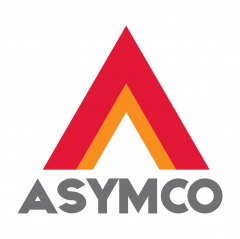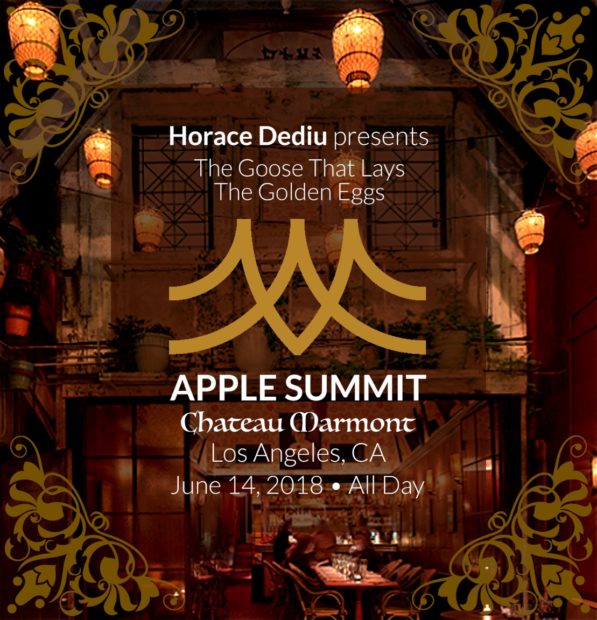The old cliche is that we were promised flying cars but ended up with x where x is something trivial or mundane. Perhaps the best “x” is “140 characters”. This statement is meant to de-value the technologies developed in the last few decades. Instead of building grand things, we build trivialities. The irony is that x is often wildly popular and ubiquitous. x also generates a lot of profits and is likely to change behavior. Indeed, the flying car alternatives are almost always better ideas.
Flying cars are an example of “extrapolated technology” where we take a trajectory of improvement and expect it to continue forever. x are examples of “market creating” technologies which create new behaviors and which allow more people to do more things that they could not do before.
The flying car dream comes from a century of improvements in cars, and airplanes. The idea that cars must continue to get better and flying must come to personal transportation. When they are faster than what roads and human reaction times can allow and when they have more space than we can fill and when they have more cupholders than we can drink from it’s time to look for a new domain–the sky–for them to enter.
The alternative is literally unthinkable to the extrapolator: that we might drive less or not at all.
The promise of super-fast computers on every desktop and every living room of the 1990s is countered by an acceptance of a computer in every pocket and a tablet in every living room in the 2010s.
So in many ways the grandest technological revolutions are a study in humility rather than ambition.
Humility as a business model or as an operating principle is one of, if not the most most powerful tools for a manager . The queen of the virtues is most elusive but most enabling.
And so here we are, the Apple Card has arrived. And the Apple car hasn’t. The contrast is deliciously ironic. The cynics are out and having their fun. The users are out ordering the product. The cycle repeats.
Except the Apple Card demands explanation. It’s not explained by Apple sufficiently. It sounds like a slightly easier credit card. Perhaps a bit easier to keeps tabs on, perhaps a bit easier to manage payments and easier getting bonuses. It sounds, well, easier.
But easier doesn’t rock anyone’s world, they say.
It’s just another card, they say.
How can this change anything?
Here’s the thing: follow the integration. First, Apple Card comes after Apple Pay, more than 4 years ago. Apple Card builds on the ability to transact using a phone, watch and has the support of over 5000 banks. Over 10 billion transactions have been made with Apple Cash. Over 40 countries are represented.
I am quite sure Apple considered their card entry at the same time they considered Pay entry. The extension to a credit instrument is only logical as an addition the the Wallet.
The emphasis is on convenience, ease of use, integration and assistance. It’s what a credit card should be if you invented it today.
The application process is easy. It’s designed for the iPhone. No delays, no paper, no signatures.
It promises “A healthier financial life” through help in understanding your spending and acting on it. The goal is not to keep users in debt but to keep them loyal. Think about the asymmetry here.
The partner, Goldman Sachs, is chosen for their willingness to also align on incentives.
But more than anything the release of the Apple Card brings into question what could be next. The Card may not have been on everyone’s mind four years ago when we first saw Pay.
Now the die is cast. Apple’s goals seem to include enhancing financial and physical health. These are mundane goals, perhaps.
Or perhaps not. What matters more?

